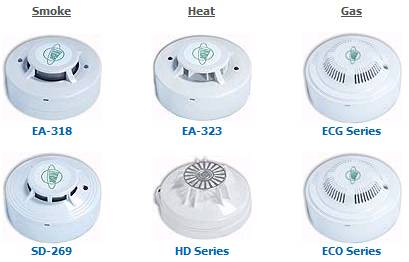Detectors shall be operated by:
- Heat,
- Smoke or other products of combustion,
- Flame, or any combination of these factors.
Detectors operated by other factors indicative of incipient fires may be considered by the Administration provided that they are no less sensitive than such detectors. Flame detectors shall only be used in addition to smoke or heat detectors.
-
Heat detectors:
It Shall be certified to operate before the temperature exceeds 78°C, but not until the temperature exceeds 54°C, when the temperature is raised to those limits at a rate less than 1°C per minute. At higher rates of temperature rise, the heat detector shall operate within temperature limits to the satisfaction of the Administration having regard to the avoidance of detector insensitivity or oversensitivity.
The operation temperature of heat detectors in drying rooms and similar spaces of a normal high ambient temperature may be up to 130°C, and up to 140°C in saunas.



what about the flame detector,principle,location of flame detector ,maximum floor area,
which detector best
how can we test heat detectors on board?